One of the things we are constantly on the look out for are little known facts about the wildlife we encounter every day. Things that the every day, run of the mill person doesn’t see, or if they do see it they don’t understand it and then we get the cards and letters asking “WTF dude, How come it does that?”
As part of the public service we are obligated to provide here at the Institute, because we foolishly accepted money from the government in the form of a grant to do just that, is answer these kind of asinine questions as accurately as possible. We struggle with providing the information to our ungrateful but demanding public, I mean, curious but inquisitive letter writers.
We recently received the following letter from little Rodney asking one of the dumbest , I mean, most interesting WTF questions we have received here at the mailroom in some time. He asked and we’ll publish his letter in its entirety so you have some idea of what we have to deal with here.
Dear Mr. Director, My name is little Rodney and I’m 34½ years old but my mom says I’m big for my age. I have a 19″ TV in my room in the basement next to all my Star Wars stuff and I watch a lot of TV. Recently on a wildlife movie I saw an elk standing in the water with just his antlers in the sun. WTF? Yours curiously, Little Rodney
Well little Rodney that’s a pretty big question from a young fellow like you but we can answer it for you. You see, every year in the fall when a bull elk gets his new antlers and the velvet covering them comes off, they are stark, bone white and quite soft, unless you see them right after the velvet comes off, then they can be pinkish or reddish because of all the really gory blood that’s under the velvet. But it goes away quick and doesn’t hurt the bull elk at all. However, and this is a big however, the antlers are not finished yet, they have to be annealed. Annealed, which is a hard word that just means hardened and toughened up and made less brittle. This has to happen, the hardening I mean, because soon these great big 900 pound lummoxes are going to be slamming their heads together at close to 45 miles per hour and they have to make sure they don’t break their new antlers off. They do this because they want to get girls. If you not sure why they would want to get girls, have a long talk with your mom, or maybe the guys down at the garage where you get air put in your bike tires. Just know that the bulls want to get girls really bad, so they want extra strong, really, really hard antlers.
How they get those really strong antlers has been a secret for a long time and we have just figured out how they do it. That’s what we do at the Institute, figure out hard stuff. It is so simple that it has been overlooked by all these so-called experts who get paid big bucks, by the way, to figure out stuff like this. They should be ashamed of themselves and have their grants revoked and that money given to us because we figured it out, right Rodney? Ask your mom to write a letter to the government telling them to give us that money instead, and if she has any extra or you can find any extra money around the house, send it to us quick so we can do more good work like this. OK? But we were talking about hard elk antlers, and how they get that way. Alright then, here it is, They stick their antlers, just the antlers, nothing else, out into the sun and even though it burns like crazy they keep them there until they can’t stand it any more. They do this over and over until they have the toughest antlers you can get. Really tough ones, slamming them into trees, tough. Tearing up shrubbery and throwing it in the air, tough. They don’t even care where it lands because they’re tough and because who’s going to mess with a bull elk that has antlers that tough anyway. I know, right, nobody. When they’re done with sticking those antlers out in the sun they’re now, remember that hard word, right, annealed. Now they can fight with anybody they like and get girls. Cool, huh?
There you go, now you know what a lot of other people don’t and that’s going to make you cool. You might even get girls Rodney. Remember, have your mom write that letter and send us some money ok. OK. Thanks for your letter and your very good question. Sincerely, Mr. Director at your favorite Institute
P.S. Look under the couch cushions, Rodney sometimes there’s money there, ok then, bye.

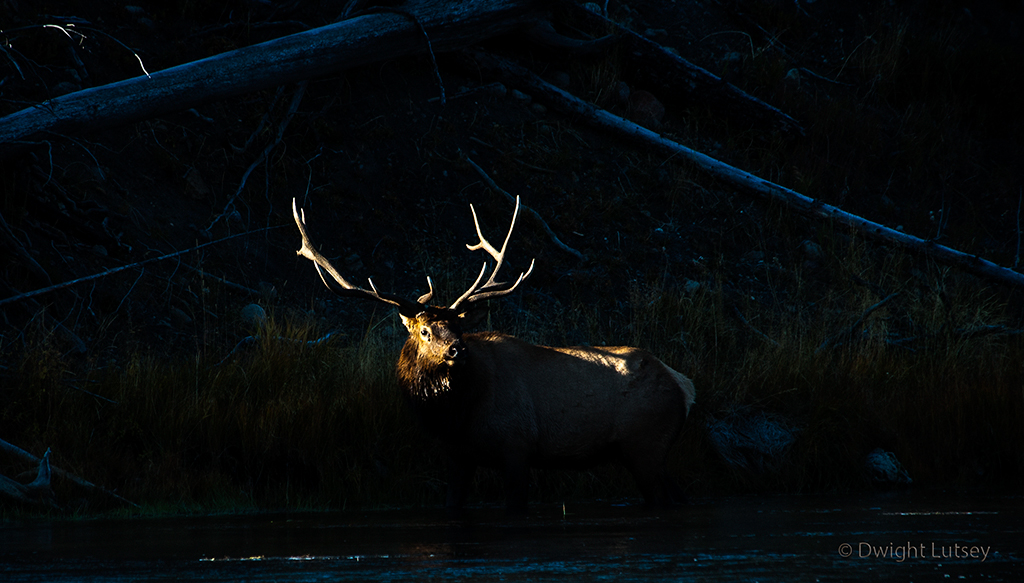
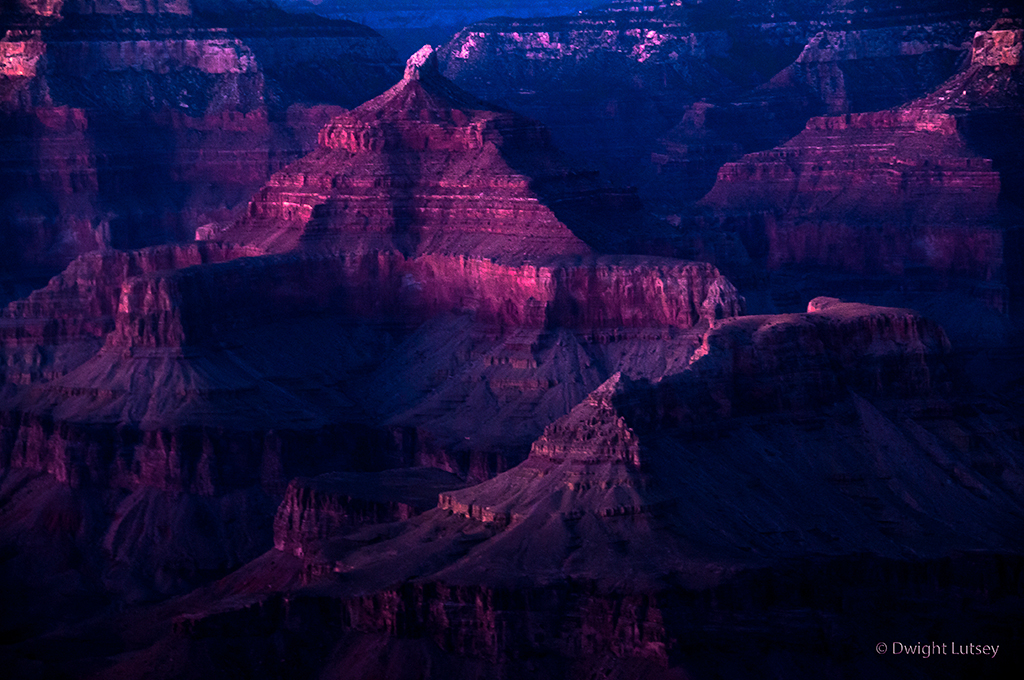
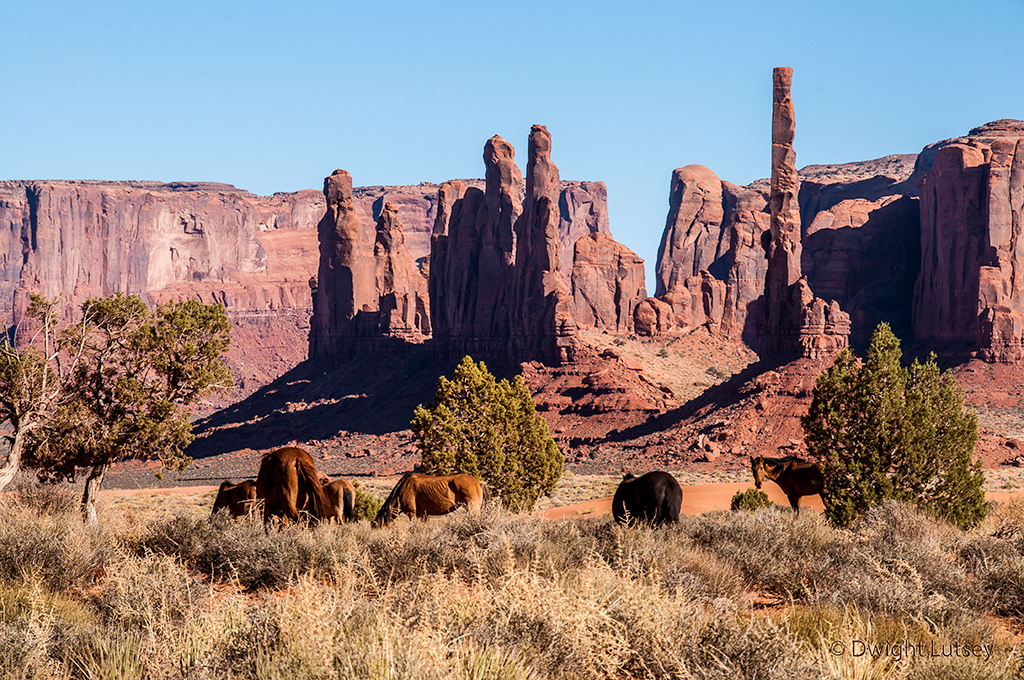
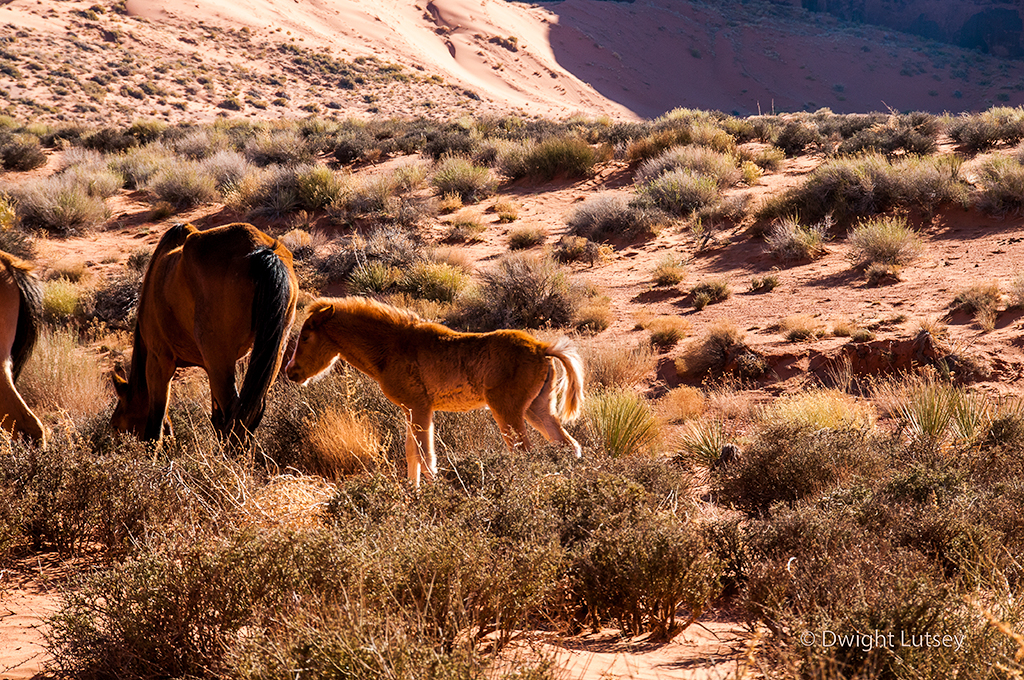
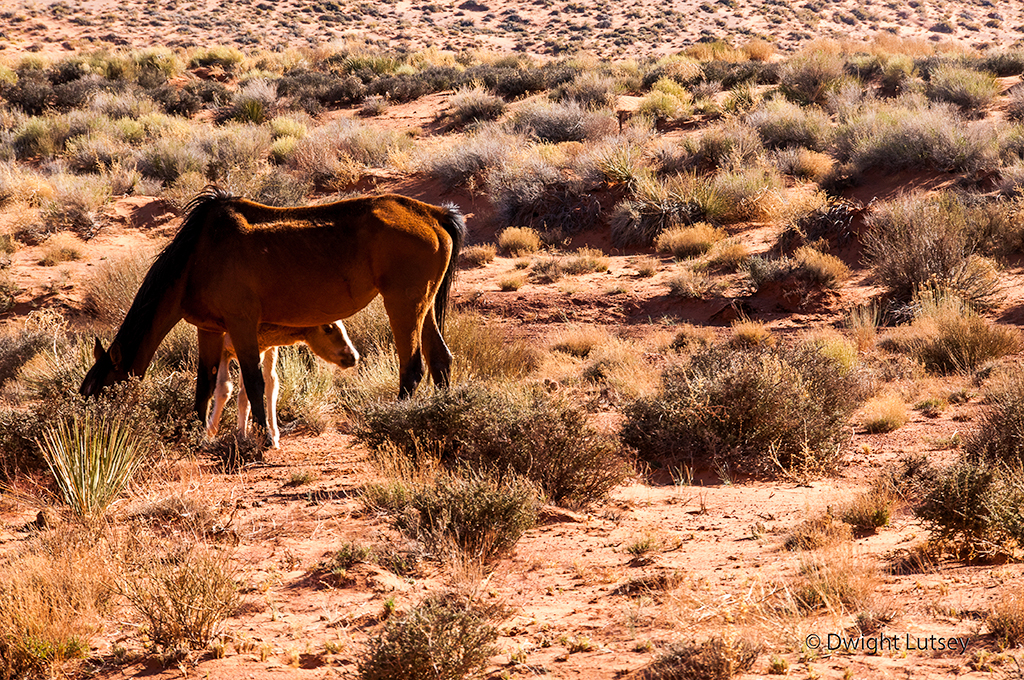
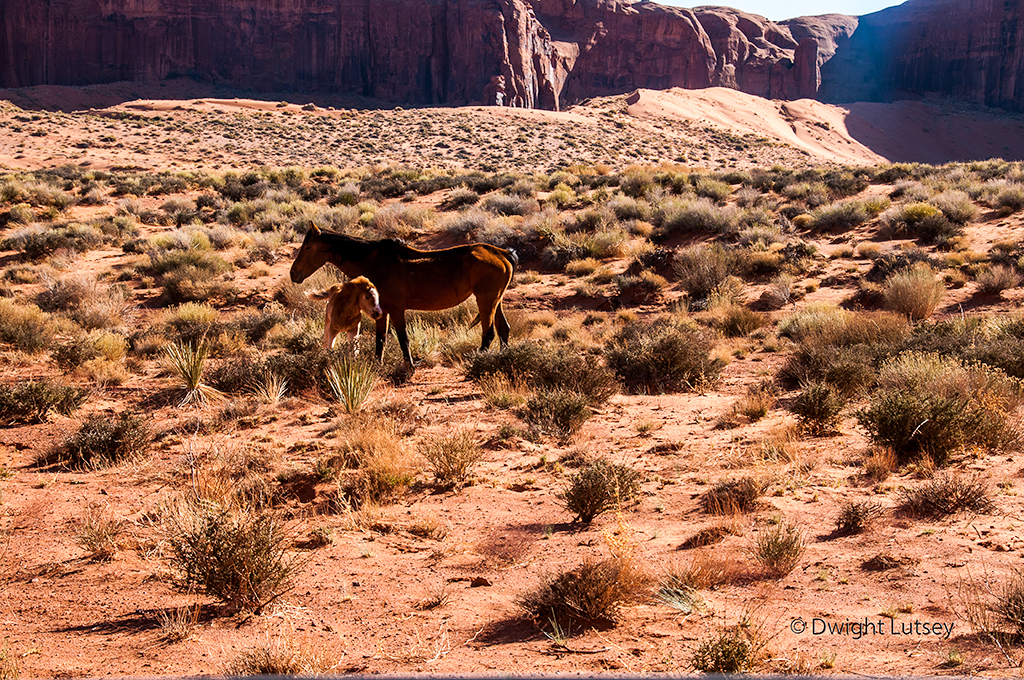
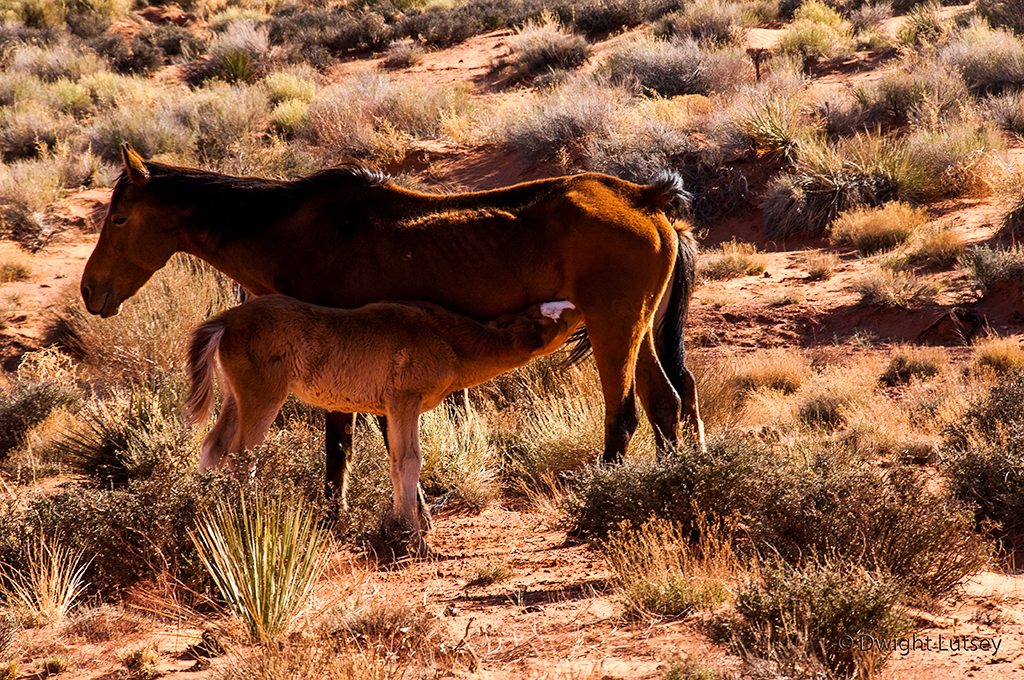
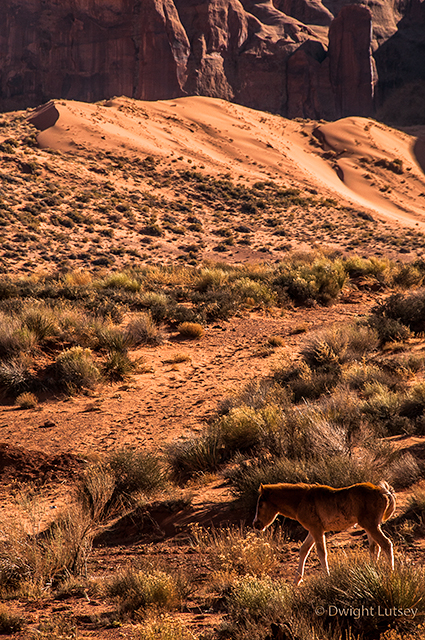
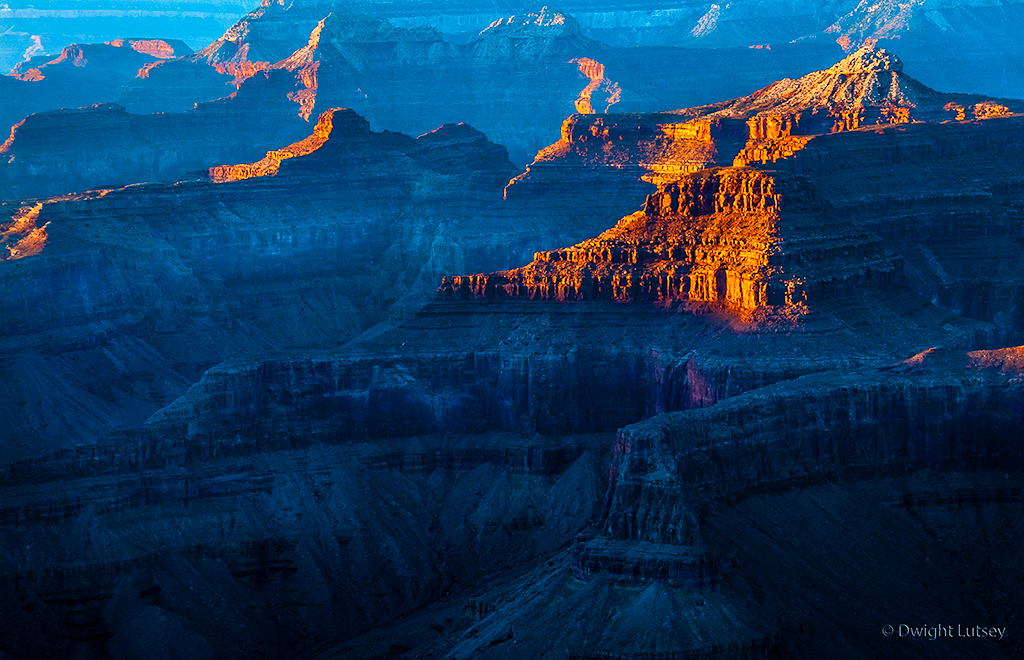

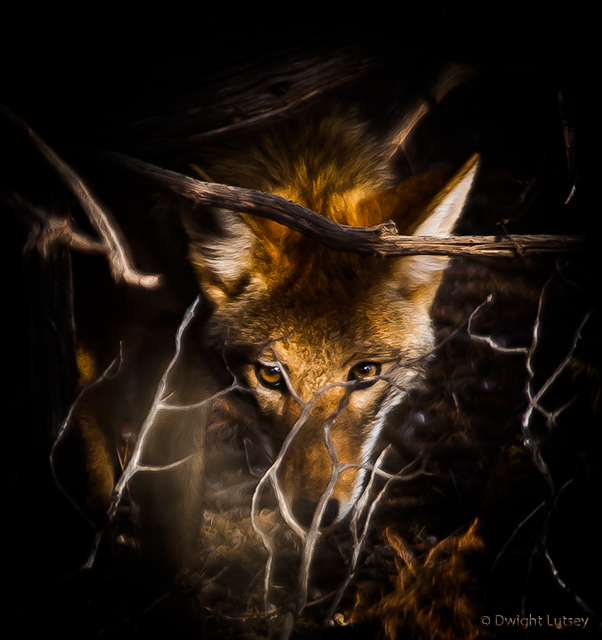
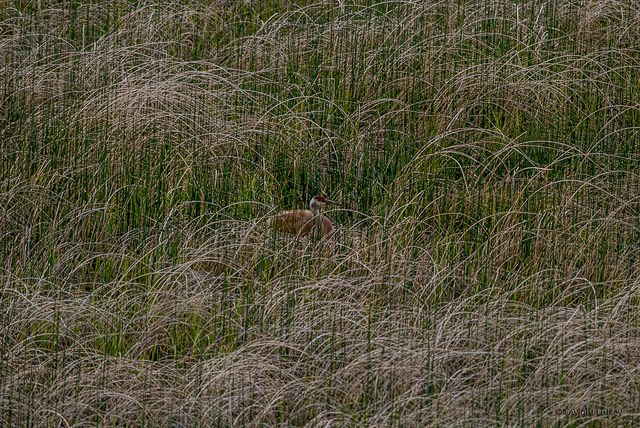
You must be logged in to post a comment.